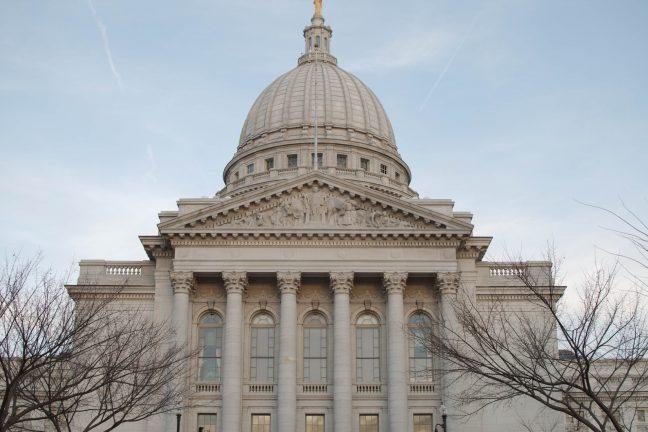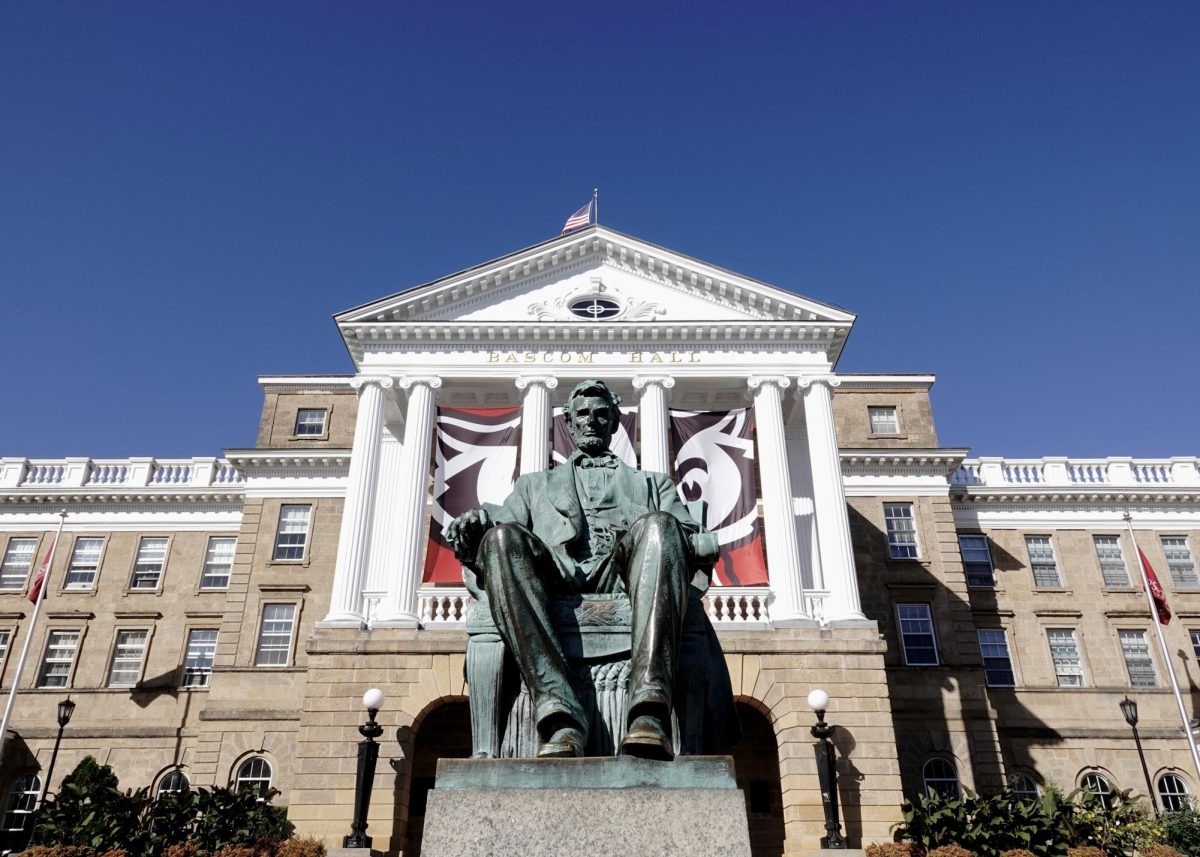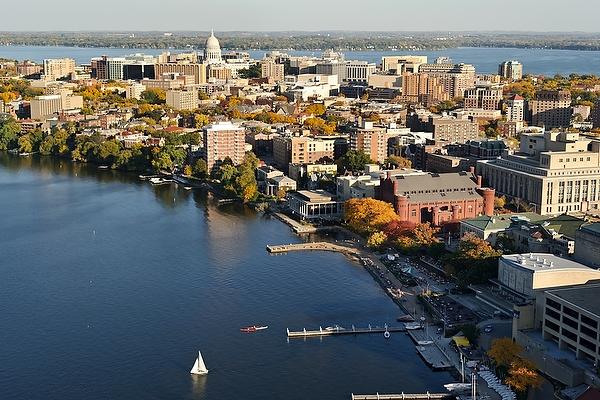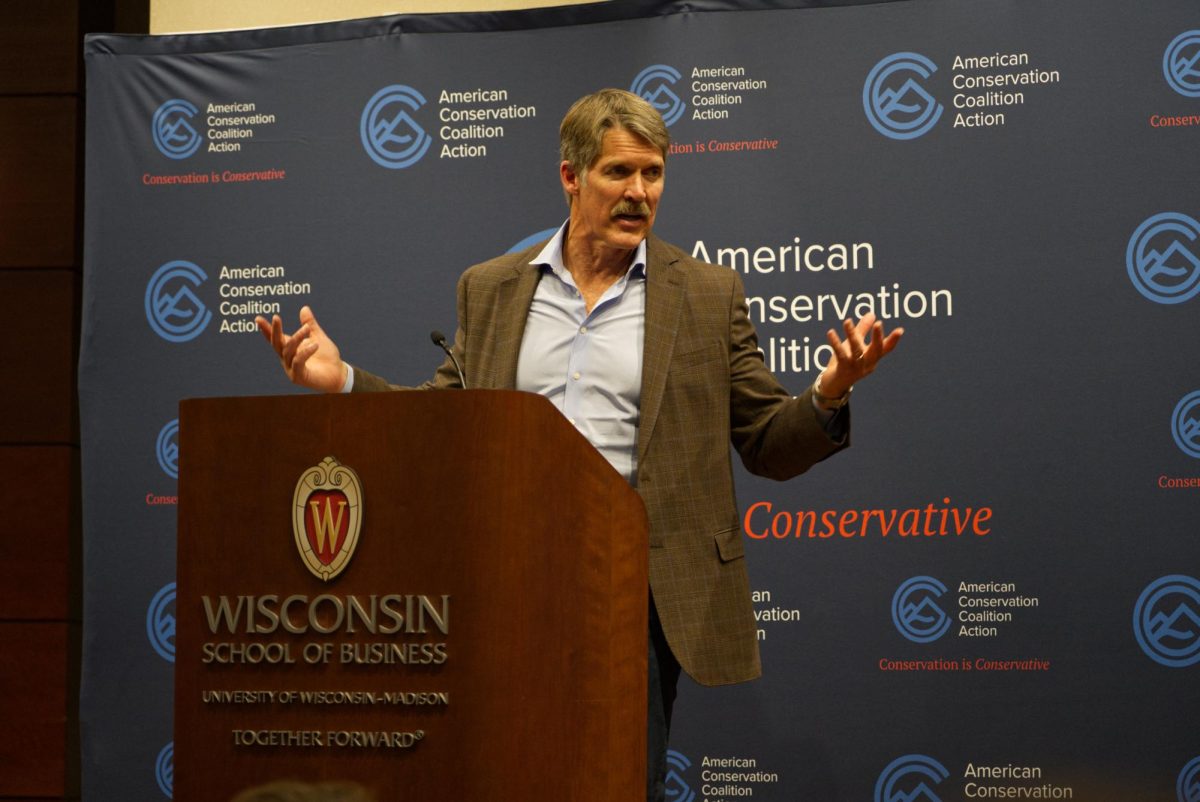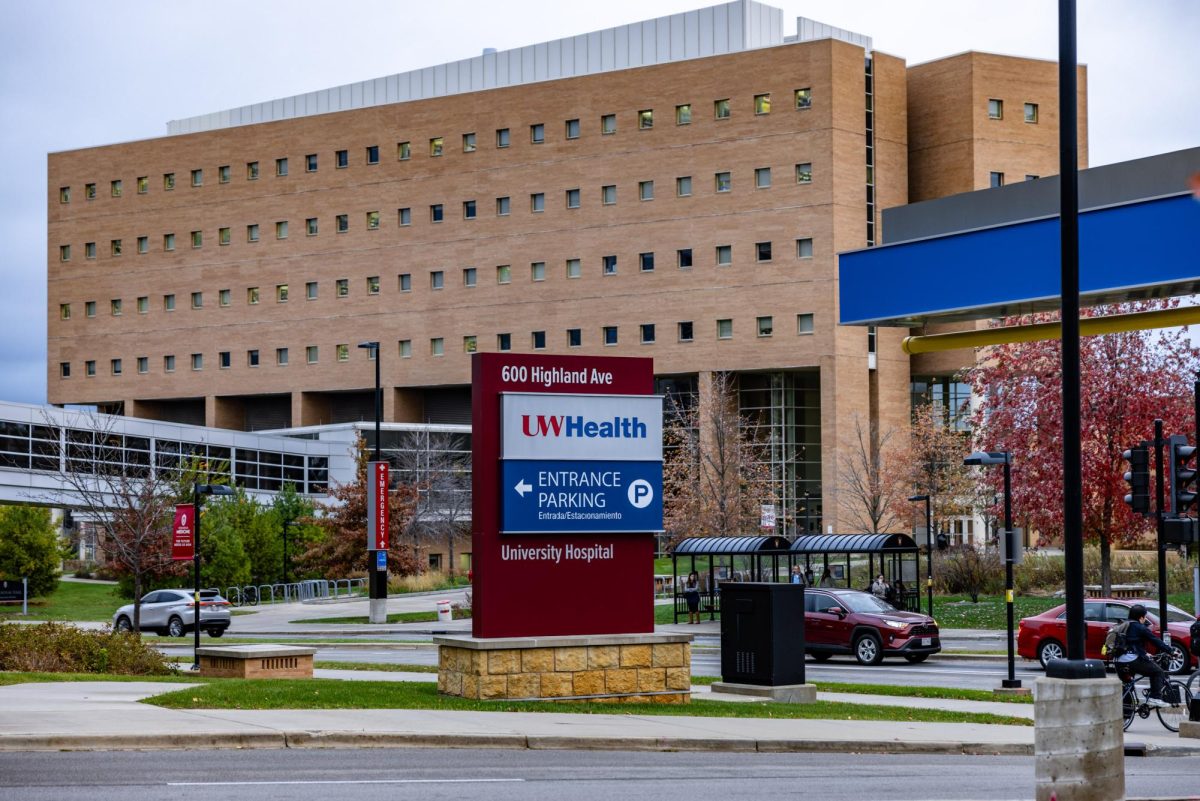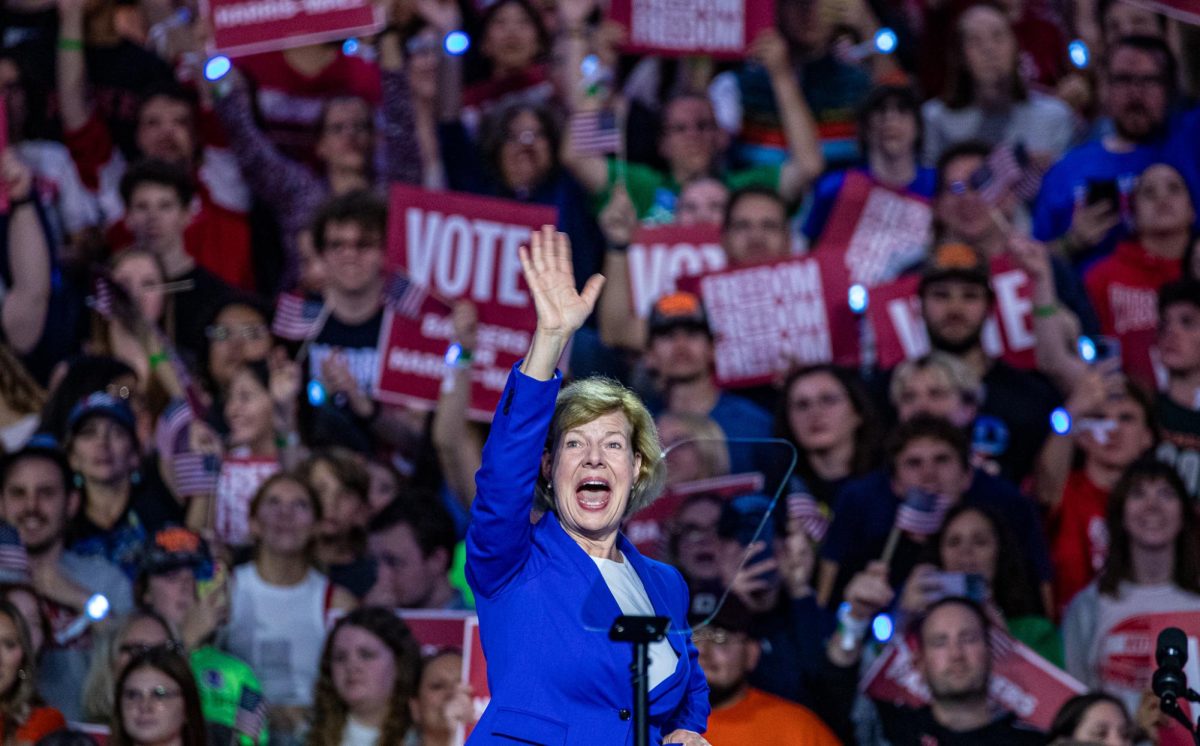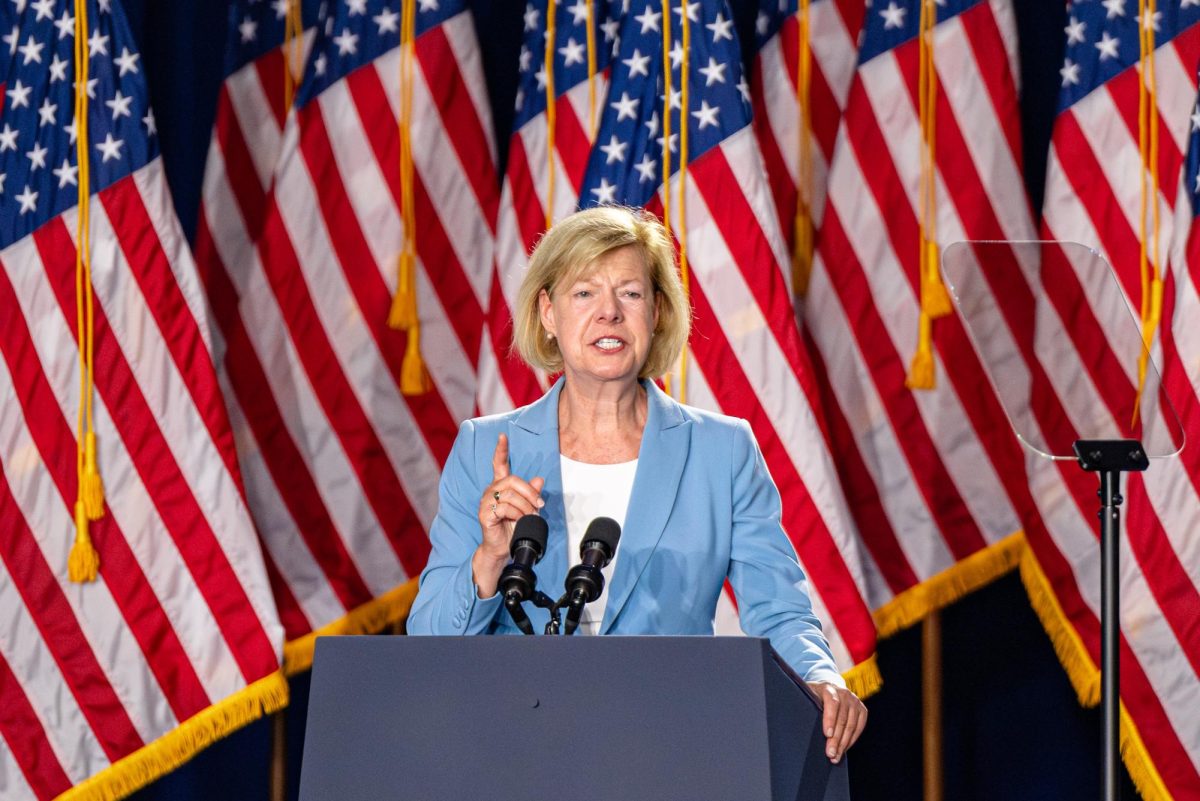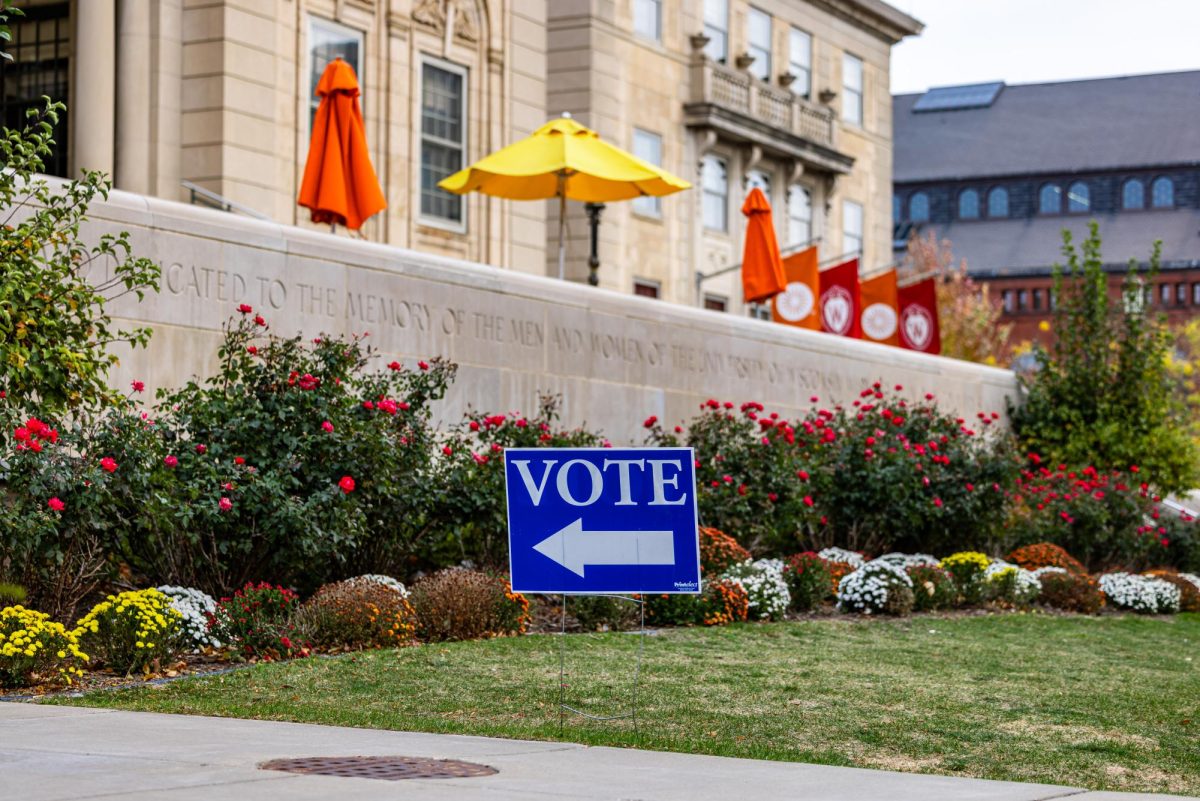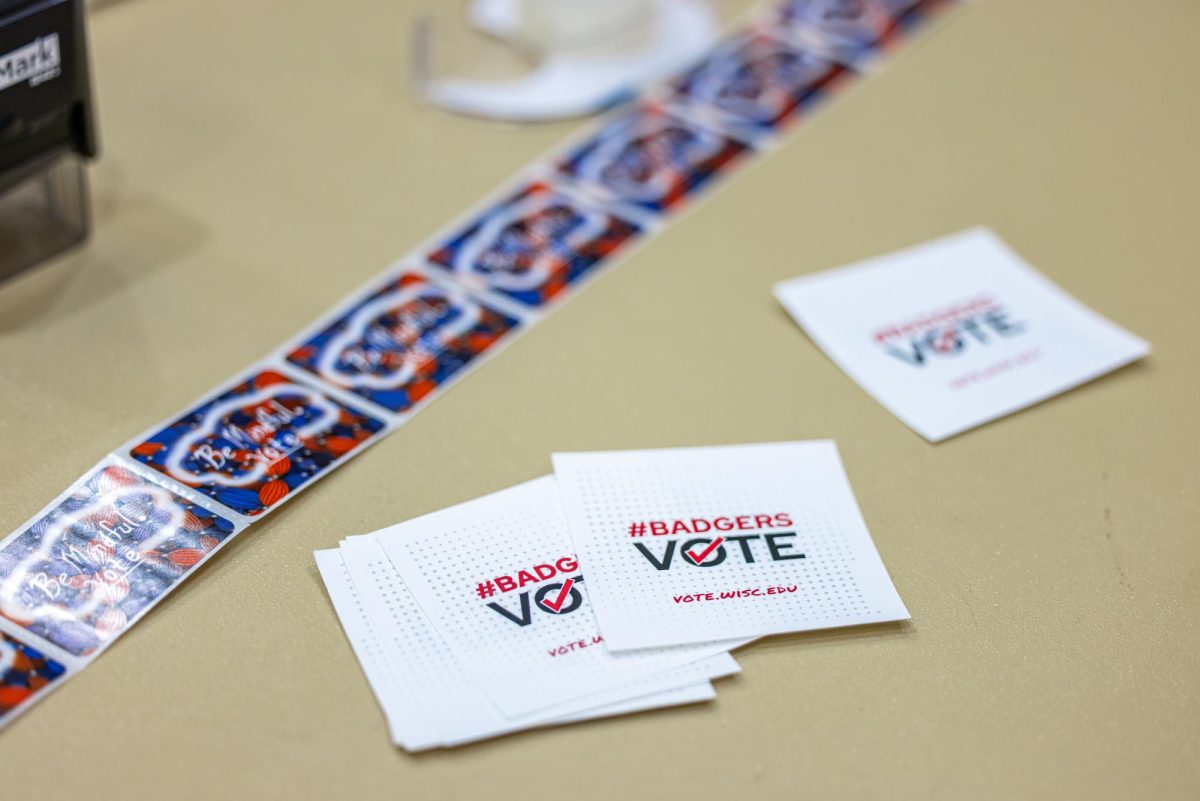After a five-month stagnation at 3 percent, the Wisconsin unemployment rate fell to 2.9 percent in February 2019.
The 2.9 percent rate is the first time unemployment in Wisconsin has dipped below 3 percent since February 2018.
According to a report released March 21 from the Department of Workforce Development, Wisconsin added 11,400 total non-farm jobs and 19,300 private-sector jobs from February 2018 to February 2019.
The report also detailed the overall U.S. rates. In February 2018, the national unemployment rate was 4.1 percent, 0.3 percent higher than the national February 2019 rate of 3.8 percent. In January 2019, the national unemployment rate was 4 percent, 0.2 percent higher than the national February 2019 rate of 3.8 percent.
This drop is indicative of a historically tight labor market, Caleb Frostman, secretary-designate for the Department of Workforce Development, said in the report.
Economic hardship and poverty still an issue in Wisconsin, report shows
According to a report released March 7 by the Department of Workforce Development, Wisconsin added 4,900 total non-farm jobs in January 2019. Wisconsin added 6,000 private-sector jobs, with 5,200 jobs added specifically in the retail sector.
According to the report, from January 2018 to January 2019, Wisconsin added 22,600 private-sector jobs and 21,600 total non-farm jobs. Additionally, 6,600 manufacturing and 5,300 construction jobs were added.
Wisconsin’s unemployment rate has not been above 3.5 percent since the start of 2017. But, Wisconsin’s labor force has been shrinking.
Wisconsin’s labor force decreased by 14,800 people, or 0.5 percent, in the past year. Wisconsin’s labor force participation rate dropped by 0.1, to 67.5 percent. Wisconsin has not had a year-over-year increase in the labor force since April 2018.
In January 2019, Wisconsin had the 11th highest labor force participation rate in the country, at 67.6 percent. That was down 0.6 percentage points from the year before, or the third largest drop of any state in the country over that time.
According to a report from the Bureau of Labor Statistics, the Midwest had an overall labor force participation rate of 65 percent in February 2019. Wisconsin, at 67.5 percent, was 2.5 points higher. It retained its place as 11th highest labor force participation.
“We look forward to working with our statewide partners, fellow agencies and the legislature to deliver targeted training, expand the labor force by removing barriers to employment, and advocating for quality of life gains for the vast majority of Wisconsinites in the workforce who are working hard to make ends meet,” Frostman said.


